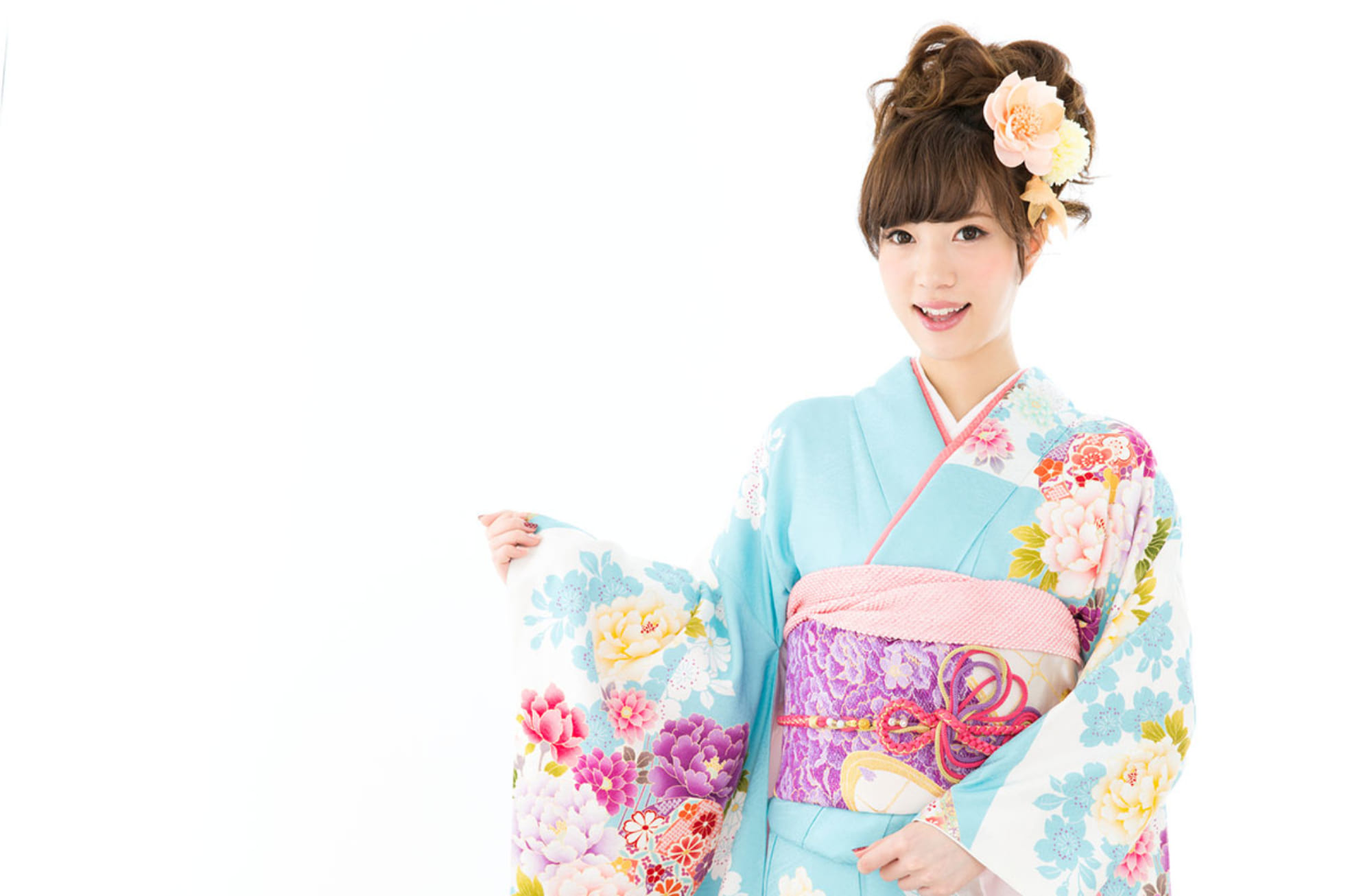Tegaki yuzen
A yuzen dyeing technique characterized by hand-painted designs in contrast to kata yuzen (stencil dyeing). Most pieces are one-of-a-kind.
Yuzen dyeing was developed through combining the methods used by the samurai class and the common people to dye their kosode. Most of the patterned kosode of the Edo era wer dyed using this method.
“Tegaki yuzen ( 手描き友禅 )” の続きを読む
